The acquisition of a high-tech camera is what propelled Kester Clarke into bird and wildlife photography as a hobby, and he now describes it as giving him the thrill a hunter gets except that a hunter is armed with a gun and he is armed with a camera.
It was two years ago that he teamed up with his life partner Amanda to travel mostly to coastal areas where they sit sometimes for hours just so he can capture what often proves to be an almost elusive image of a bird in the frame of his camera.
“I decided to pursue bird and wildlife photography as a serious hobby when I got my first DSLR camera two years ago,” Clarke explained in a brief interview when he was approached.
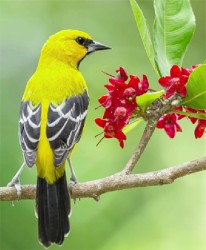
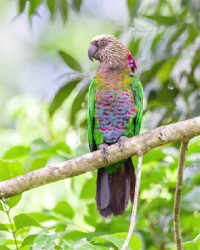
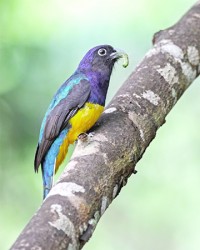
Since that time, camera in hand, Clarke said he has photographed over 200 of the 900 species of Guyana’s birds “as time and travel have allowed.” In sharing the photographs he realised many people had never seen or heard about these birds before, “…so I think photography can be an important tool to aid in conservation by raising awareness,” he said.
According to Clarke he likes the challenge of finding and photographing “these elusive creatures and in many ways it is similar to the thrill of hunting, but without the blood.
“The trophy is creating an image that captures the bird in good light, with eye contact, on a perch that is complimentary and with a pleasing background,” he said.
Asked if he picks and chooses which birds he photographs, Clarke said he would typically photograph any bird, “even the ever-present Kiskadee if it were doing something interesting like raising its seldom seen yellow crest.”
While most of his birding is limited to the coastal areas and as such there is no planning beyond choosing in which direction to drive, Clarke said he and wife try to visit the interior at least once or twice a year to see other birds which live in the forest and savannah. Those trips usually coincide with the dry season, and they would rely on the help of local guides and indigenous villagers.
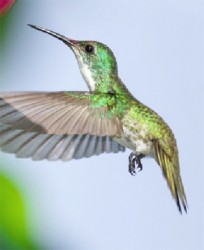
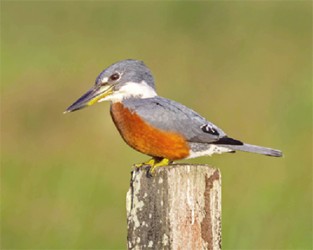
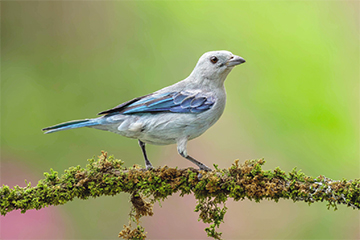
It is true that some species are more uncooperative than others, and Clarke said there are times when you wait hours to get a good snap while on other occasions there is no image to show after hours of waiting, watching and searching.
“One such bird for me is the Chestnut Woodpecker, which I have encountered over a dozen times so far, but have been unable get a proper image,” he said.
He explained that some birds are more tolerant than others, but most allow him to approach them if he takes his time and only makes slow, indirect movements.
“For the best results I always try to keep the sun and wind at my back as I approach, so that the birds are front-lit by the sun and facing me as they take off or land,” he said.
Sometimes camouflage is useful for birds that are wary of human presence.
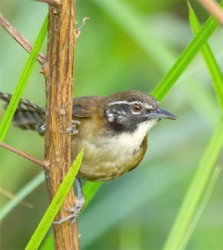
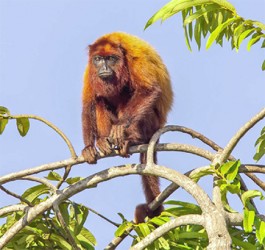
Red Howler (Alouatta macconnelli) / Mahaica River
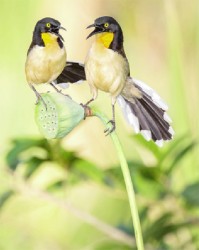
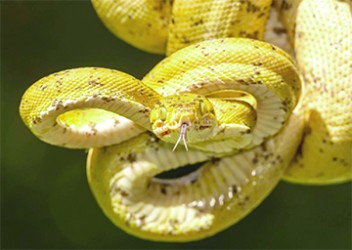
Asked if he immediately recognizes which species the bird is, Clarke responded that he does not always know. He said for unfamiliar birds he might immediately determine what family it belongs to, but he wouldn’t be able to correctly identify it until he checks the Field Guide and/or compares his photograph with sightings elsewhere in South America.
“This is part of the appeal of birding for me,” he explained.
And so for the unforeseeable future Clarke said he and his wife would be piling into his vehicle and driving off to whatever area they fancy to wait for hours, just so they can capture an image of a bird and then share the photograph with the rest of the world via the internet at www.kesterclarke.net.





